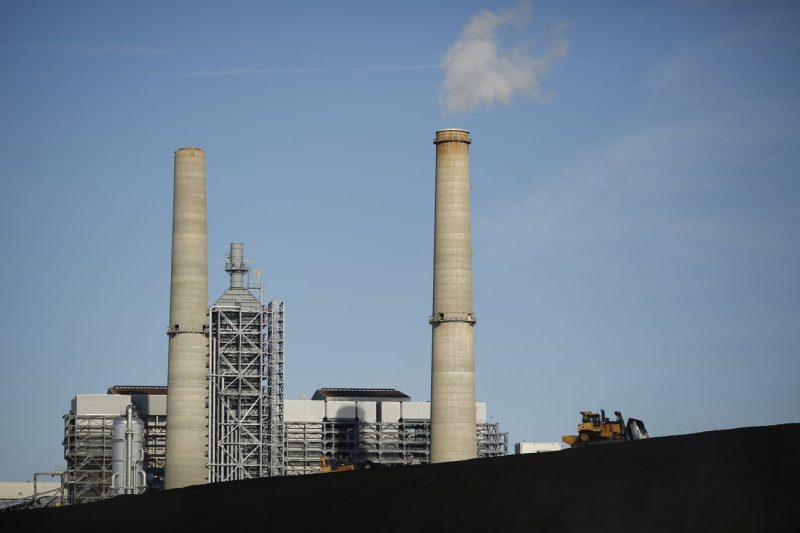The EPA’s New Power Plant Pollution Rule: Addressing Methane Emissions
The Environmental Protection Agency (EPA) recently announced new regulations aimed at reducing pollution from power plants. While this move has been praised for its efforts to combat climate change, critics argue that the rule has a significant loophole when it comes to addressing methane emissions. Methane, a potent greenhouse gas, is estimated to have a much higher global warming potential than carbon dioxide over a 20-year period, making it a critical issue that needs to be addressed urgently.
One of the main criticisms of the EPA’s new rule is that it primarily focuses on reducing carbon dioxide emissions, while largely neglecting methane emissions. Power plants are known sources of methane emissions, mainly through leaks in pipelines and storage tanks. By not imposing strict regulations on methane emissions, the EPA’s rule fails to adequately tackle a key contributor to climate change.
Methane emissions from power plants not only contribute to global warming but also pose serious health risks to nearby communities. Methane is a primary component of natural gas, and leaks from power plants can result in exposure to hazardous air pollutants. These pollutants can lead to respiratory issues, exacerbate asthma, and have other detrimental effects on public health. By not addressing methane emissions, the EPA’s rule falls short in protecting both the environment and public health.
Furthermore, ignoring methane emissions undermines the overall effectiveness of efforts to combat climate change. Methane has a much higher heat-trapping ability than carbon dioxide, meaning that even small amounts of methane emissions can have a significant impact on global warming. To truly make a meaningful impact on reducing greenhouse gas emissions and mitigating climate change, regulations must address methane emissions as part of a comprehensive strategy.
In light of these criticisms, there is a growing call for the EPA to revise its new power plant pollution rule to include stringent regulations on methane emissions. This would involve implementing measures to detect and repair methane leaks, improving monitoring systems, and setting specific targets for reducing methane emissions from power plants. By taking a more holistic approach that addresses both carbon dioxide and methane emissions, the EPA can better fulfill its mandate to protect public health and the environment.
In conclusion, while the EPA’s new power plant pollution rule is a step in the right direction in addressing climate change, it falls short in effectively tackling methane emissions. By not prioritizing methane regulation, the rule misses a crucial opportunity to reduce greenhouse gas emissions, protect public health, and combat global warming. It is imperative for the EPA to address this oversight and make methane emissions a key focus in its efforts to reduce pollution from power plants.

